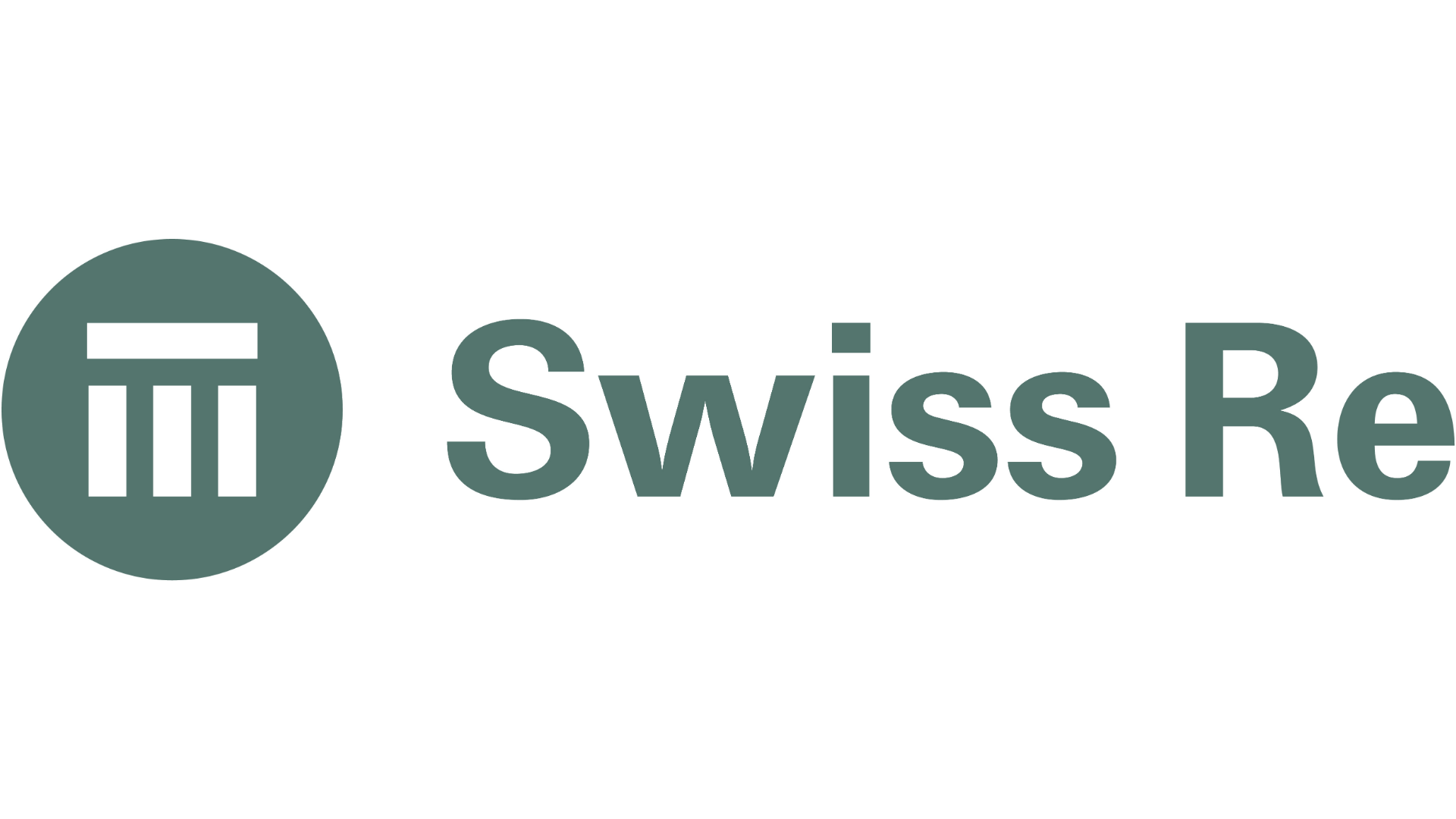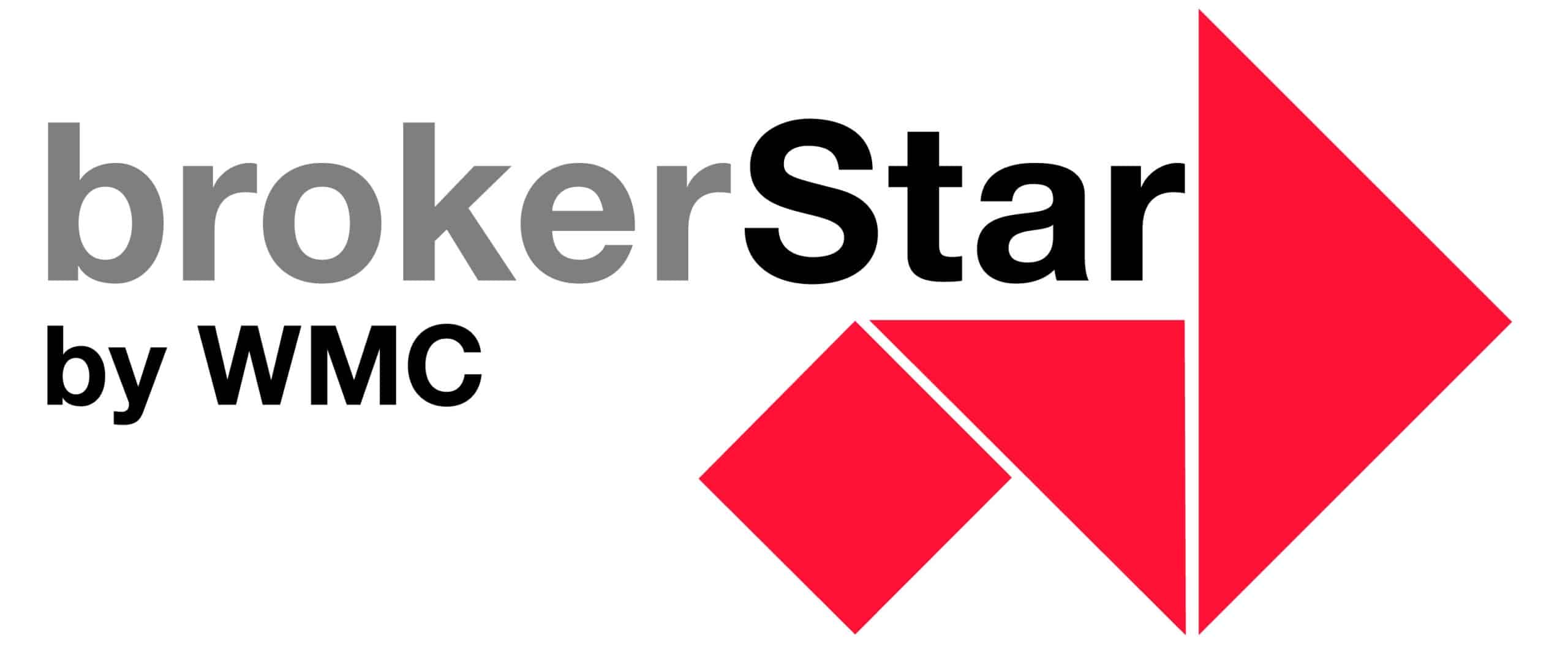Silver Economy Reshapes Life Insurance Landscape
22 Oktober, 2025 | Aktuell Allgemein
The «Silver Economy,» driven by an aging global population, is poised to fundamentally transform the life insurance industry. By 2050, a quarter of all individuals in advanced markets will be over 65, necessitating a shift in insurance offerings from traditional income replacement to wealth planning and personal care funding solutions.
Paul Murray, CEO Swiss Re Life & Health Reinsurance, highlights that a larger, longer-living, and wealthier generation entering retirement will accelerate innovation in the insurance sector. This demographic shift presents an opportunity for the industry to redefine its relevance to those over 65.
Wealth Concentration and Longevity
Globally, populations are aging rapidly due to declining birth rates and increased longevity. This trend is particularly pronounced in advanced markets, with countries like Japan and South Korea already having over 30% of their citizens aged 65+. Concurrently, wealth is increasingly concentrated among older generations, as evidenced by US households aged 55 and above holding nearly USD 120 trillion in assets. Swiss Re’s Group Chief Economist, Jérôme Jean Haegeli, notes that longer lifespans will impact both the risk and asset sides of the insurance business, potentially leading to stronger investment returns for insurers.
From Accumulation to Decumulation
Insurers must adapt their focus from the wealth accumulation phase to the decumulation phase, where the emphasis shifts to converting savings into income streams and securing access to personal care services. With a high-income 65-year-old in advanced markets expected to live an additional 23 years by 2050, and a move away from guaranteed pension returns, retirees face the risk of outliving their savings. This necessitates a broader range of annuity options and longevity risk-sharing pools.
Rethinking Health and Care
The significant increase in the 80+ population in Europe and North America by 2050 will strain long-term care services. With private nursing home costs being substantial, innovative funding mechanisms are crucial. Successful approaches include supplementing state provisions or bundling long-term care with critical illness and life covers, as seen in France. Furthermore, there’s an urgent need for cancer protection for older policyholders, as most critical illness policies expire before retirement, leaving a protection gap when the risk is highest. Countries like Thailand and Korea have already introduced cancer-specific covers for seniors, often bundled with broader health or annuity products.




